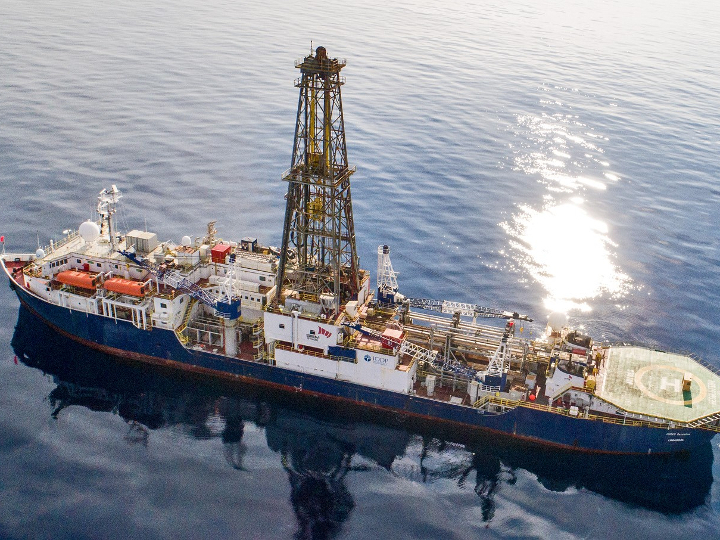
As one of the largest and potentially most unstable glaciers in Antarctica, the Thwaites Glacier will play a central role in determining when and by how much global sea levels rise as the climate warms. An international effort to learn more has begun this season and will continue through 2022.
Julia Wellner, a sedimentary geologist and assistant professor at the University of Houston Department of Earth and Atmospheric Sciences, will lead one of the projects, Thwaites Offshore Research, known as THOR.
The project is a collaboration between the U.S. National Science Foundation and the Natural Environment Research Council in the United Kingdom involving eight projects, each led by a pair of researchers from the United States and the United Kingdom. The U.K. principal investigator on THOR is Robert Larter, a marine geophysicist for the British Antarctic Survey (BAS).
THOR has eight additional co-principal investigators from the University of Alabama, University of Virginia, University of Exeter, Columbia University, Rice University and BAS. The broader effort, the International Thwaites Glacier Collaboration, involves dozens of researchers working on land, on ice and at sea in a coordinated effort.
Ice melt from the Thwaites Glacier – which is about the size of Florida and flows into the Amundsen Sea – already accounts for about 4 percent of global sea level rise, an amount that is double that of a few decades ago.
Researchers from THOR will make two trips aboard icebreaking research vessels to collect sediment cores and perform geophysical profiling of the glacial deposits; the first leaves from Punta Arenas, Chile, Jan. 29, set to return March 22. Additional sediment samples will be taken by a field party coring through the floating portion of the ice.
Wellner won’t be aboard; she will be working on a second vessel off the west coast of Antarctica for a separate project she is co-leading for the International Ocean Discovery Program. Rachel Clark, a PhD student in Wellner’s lab will be on the Thwaites trip, and Wellner will keep tabs on the work via satellite phone and email.
She and the rest of the THOR team will make a second trip to Thwaites in 2020. This is Clark’s first trip to Antarctica; she previously worked aboard a NSF research vessel mapping the sea floor in the Pacific.
Clark and other members of the team will collect sediment cores between three meters and 10 meters long – about 10 feet to 32 feet.
“We will study the sediment and then use that to reconstruct where the ice has been in the past,” Clark said. Coupling that information with records of past water temperatures will allow scientists to predict future behavior of the glacier as the surrounding seawater grows warmer.
In that sense, Wellner said, the two projects are similar. “The science goals are really the same,” she said. “We are determining how the ice behaved in the past in each of these projects, just at different timescales. Both projects aim to understand the controls on past ice flow so we can have a better idea about how it will behave in the future.”